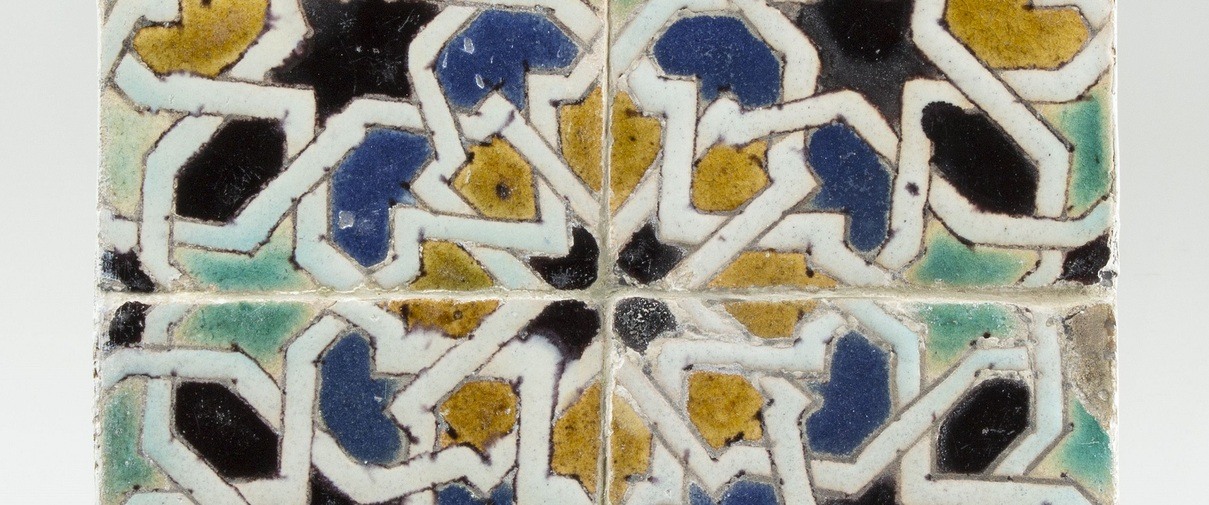Spanish tiles
The Alhambra of Escher
M.C. Escher is one of the most famous artists the Netherlands has ever produced. He is known worldwide for his studies of infinity, interlocking geometric patterns and impossible constructions. What many people do not know is that Escher was born in 1898 in the Princessehof, which at the time had a residential destination. He spent the first five years of his life in Leeuwarden.
At the age of 24, he went traveling with two friends and ended up in Spain and Italy. After his marriage to the Russian Jetta Umiker, he settled in Italy. There, Escher started making lithographs and woodcuts based on Italian landscapes. He had a few exhibitions during this period, but they did not yield much money. Fortunately, he could count on financial support from his wealthy parents.
In 1922 and 1936 Escher visits the Alhambra in Spain, the fortress of the Moors who ruled Andalusia in the Middle Ages. Here he comes into contact with Islamic art. The Islamic Moors built palaces covered with tiles in geometric shapes, with the Alhambra as the best-known example. The tile field depicted here also comes from Spain and was made in the sixteenth century. The decoration builds on the Moorish style. These types of tiles were originally made using the mosaic technique. In this technique, all the colours in a tile are baked separately and then combined into a whole. This was a time-consuming process.
In the fifteenth century, the cuerda seca technique was introduced. This technique (cuerda seca is Spanish for ‘dry cord’) originally came from Iran and used wax. This allowed multiple colours to be applied to a tile at the same time. The wax prevented the colours from running during firing. This production technique was much faster, which allowed the increased demand for tiling to be met.
